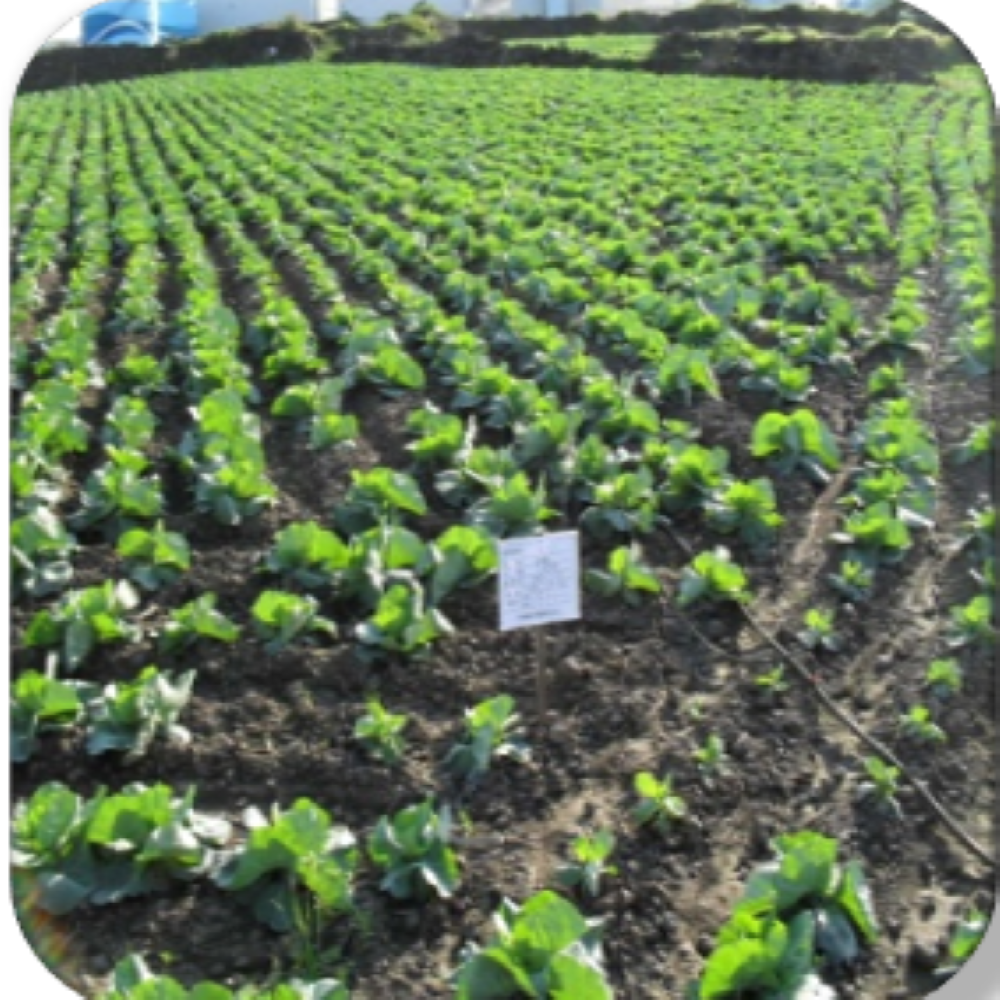ITEM SPECIFICS
-
Brand
Fresh vegetables
-
origin
Republic of Korea
-
Size(Capacity)
1 box (15kg)
-
Package Includes
40ft container
-
Features
Cabbage is a vegetable rich in vitamins and dietary fiber, especially vitamin U, which helps with st
PRODUCT DESCRIPTION
Cabbage is a spherical vegetable with green outer leaves and white inner leaves, and is rich in various vitamins, minerals, and fiber. In particular, vitamin U is good for stomach health, and its abundant fiber helps prevent constipation. It is believed to have originated from the Mediterranean coast, and was introduced to Korea in the late 19th century.
Cabbage Characteristics:
Appearance:
It consists of leaves that are round and x-layered. The outer leaves are green and the inner leaves are white.
Nutrition:
It contains various nutrients such as vitamin C, vitamin K, vitamin U, dietary fiber, potassium, and calcium.
Efficacy:
Stomach health: Vitamin U helps relieve gastric ulcers and gastritis.
Constipation prevention: Rich dietary fiber promotes intestinal movement, which is effective in preventing constipation.
Antioxidant effect: Rich in antioxidant ingredients such as vitamin C, it can help strengthen immunity.
Diet: It is effective for dieting due to its low calories and high satiety.
How to consume:
You can eat it raw in salads or enjoy it as a wrap.
You can boil it and use it in wraps or stir-fries.
You can also consume it as juice or fermented food.
Cabbage Characteristics:
Appearance:
It consists of leaves that are round and x-layered. The outer leaves are green and the inner leaves are white.
Nutrition:
It contains various nutrients such as vitamin C, vitamin K, vitamin U, dietary fiber, potassium, and calcium.
Efficacy:
Stomach health: Vitamin U helps relieve gastric ulcers and gastritis.
Constipation prevention: Rich dietary fiber promotes intestinal movement, which is effective in preventing constipation.
Antioxidant effect: Rich in antioxidant ingredients such as vitamin C, it can help strengthen immunity.
Diet: It is effective for dieting due to its low calories and high satiety.
How to consume:
You can eat it raw in salads or enjoy it as a wrap.
You can boil it and use it in wraps or stir-fries.
You can also consume it as juice or fermented food.
How to store:
When storing in the refrigerator, wrap it with the outer leaves or absorb moisture with a paper towel, seal it with plastic wrap, and store it in the vegetable compartment.
When storing in the refrigerator, wrap it with the outer leaves or absorb moisture with a paper towel, seal it with plastic wrap, and store it in the vegetable compartment.
When storing for a long time, remove the outer leaves, wrap it with newspaper or a paper towel, and store it in a plastic bag.
Caution:
Excessive consumption of cabbage can cause abdominal bloating or indigestion.
If you have thyroid disease, it is recommended to avoid excessive consumption.
When cooking, it is recommended to lightly blanch or stir-fry it to minimize vitamin destruction.
Excessive consumption of cabbage can cause abdominal bloating or indigestion.
If you have thyroid disease, it is recommended to avoid excessive consumption.
When cooking, it is recommended to lightly blanch or stir-fry it to minimize vitamin destruction.
R&D CERTIFICATE
-
- GAP
- Hansol Agricultural, Forestry, Fisheries and Food
- January 15
- 인증서보기
PAYMENTS DETAILS
This supplier supports payments for offline orders
- Telegraphic Transfer : T/T
- Name : lee jeong suk
SHIPPING
Shipping from :
Republic of Korea
- 68 Deureubat-gil Hallim-eup, Jeju-si, Jeju-do (63014)
TAEYANG EXPORT AGRICULTURE ASSOCIATION
TAEYANG EXPORT AGRICULTURE ASSOCIATION
Seller_MailThe person in charge
Lee JeongsukAddress
68 Deureubat-gil Hallim-eup, Jeju-si, Jeju-do (63014)
큐알코드
TAEYANG EXPORT AGRICULTURE ASSOCIATION
-
- Business Type :
- Trading Company
-
- Main Product :
- Fresh agricultural products
-
- Established :
- 2004-01-01
R&D CERTIFICATE
-
- GAP
- Hansol Agricultural, Forestry, Fisheries and Food
- January 15
- 인증서보기
COMPANY ENVIRONMENT
Please suggest a variety of your ideas such as design, impact, enhancements, etc
Captcha Required
Please enter the text on the left image to prevent automatic input.
0 / 4000
질문이 없습니다.
CUSTOMER REVIEWS (0)
COMPARISON TO SIMILAR ITEMS more
- No Items
- supplier level
-
 GOLD
GOLD
- TAEYANG EXPORT AGRICULTURE ASSOCIATION Seller's Store
- Seller's Store url
- Response Level
★ ★ ★ ★ ★

- Supplier Level
★ ★ ★ ★ ★

- Transaction Level
★ ★ ★ ★ ★

SUPPLIER BEST
- No Items












